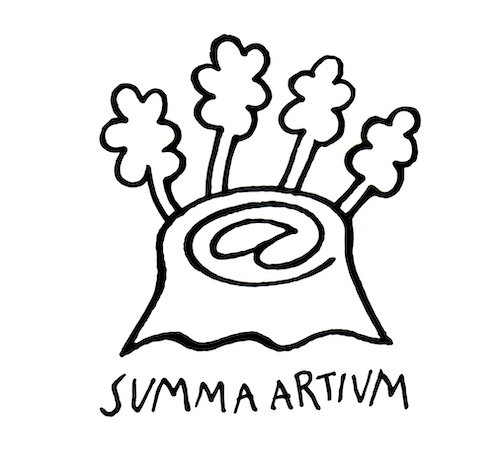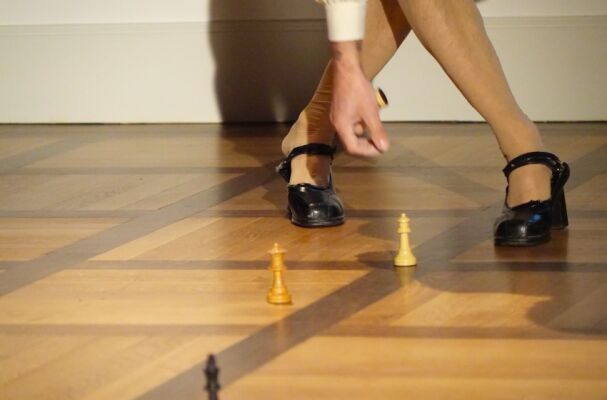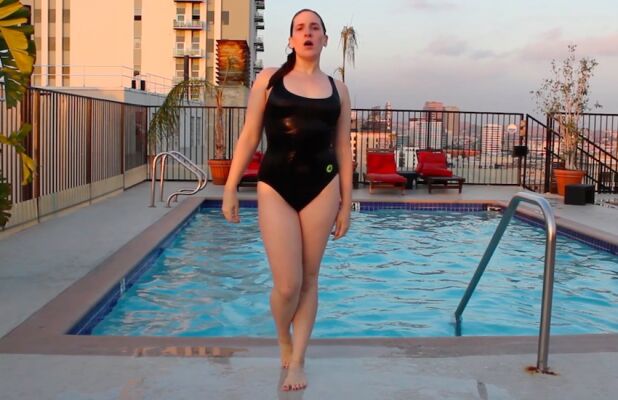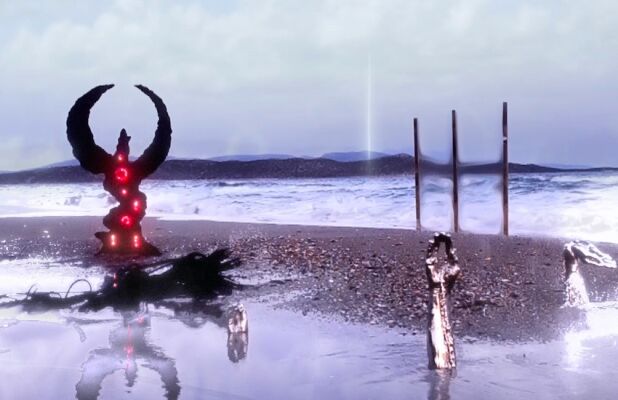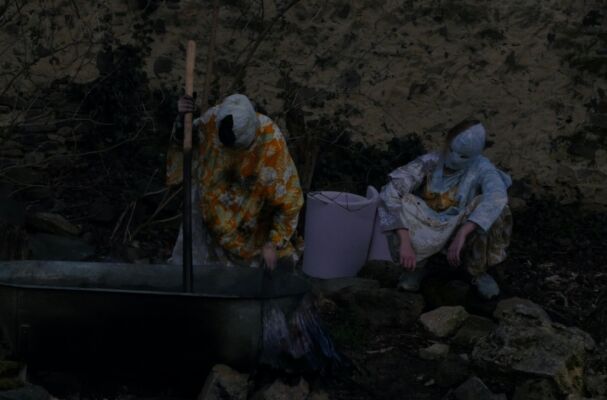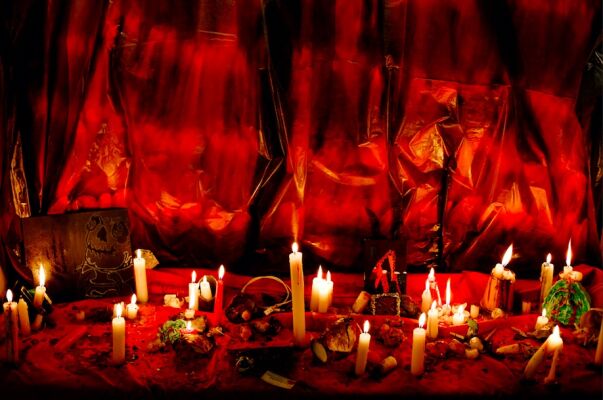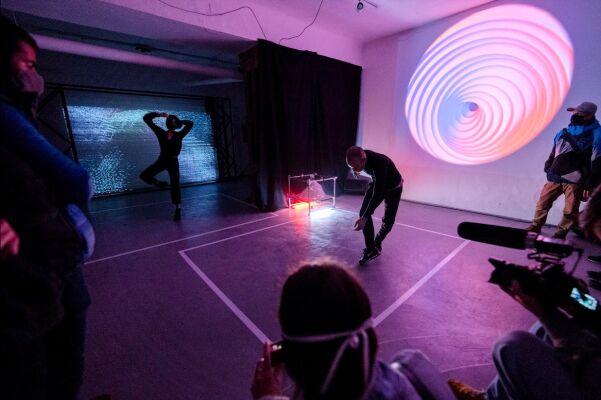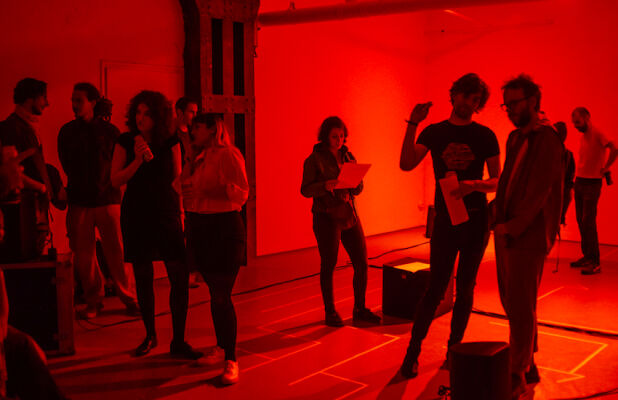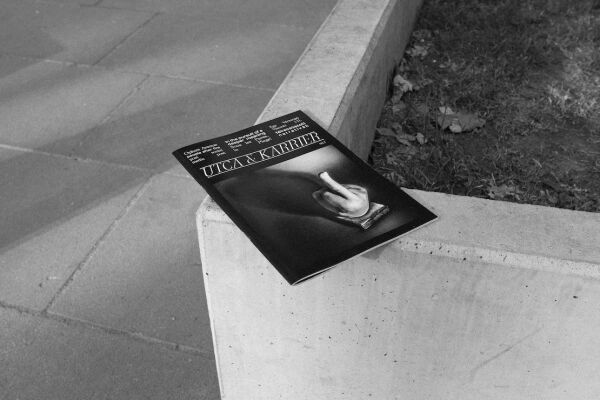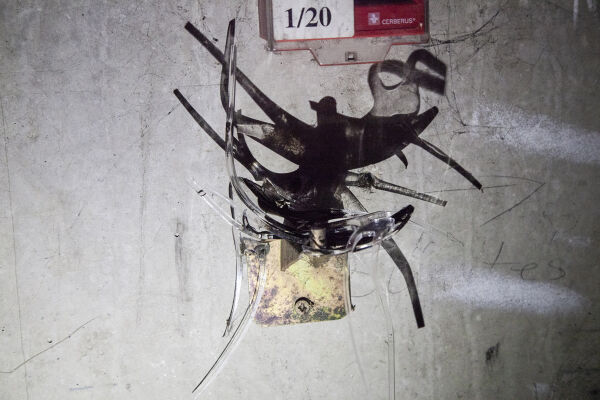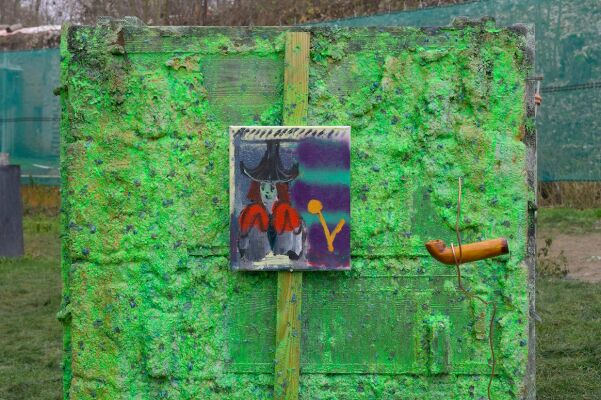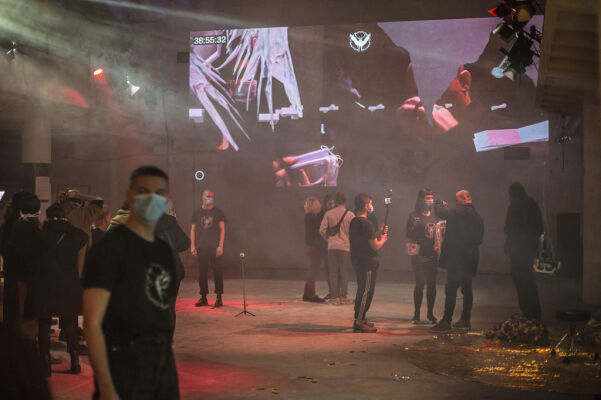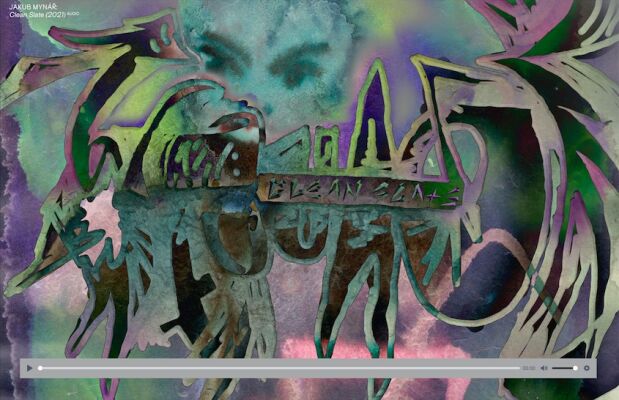Gold und Liebe XI. – a conversation with Šimon Kadlčák on Brno, corporality and the exhibition series Spooky Butt.
Šimon Kadlčák (CZ) (*1990) works interdisciplinary in the field of contemporary visual art. Along with his own artistic practice he co-founded an independent experimental off-space Zaazrak|Dornych in Brno, Czech Republic. He explores the theme of dissolving identity of an individual in the collective or in the altered states of consciousness, that includes topics such as autonomy, freetekno, football or the Hussite movement. In the past years he exhibited solo at Berlinskej model, 35m2 Gallery, Jelení Gallery or National Gallery in Prague and at group shows at PLATO Ostrava, Kunsthalle Bratislava or Galerie Emila Filly in Ústí nad Labem. He lives in Brno where he also graduated at the Intermedia Department at the local Faculty of Fine Arts.
Ráhel Anna Molnár: Why Brno?
Šimon Kadlčák: In the beginning, I came here to university because I wanted to study in the Intermedia department lead by Václav Stratil. Back then I felt I’d rather be in Brno than Prague because I felt some almost Balkan-like atmosphere here, something that got completely lost throughout the years. I also have to say that before Brno I've only lived in small places. I’ve always thought that if I'm ever going to initiate some cultural activity – let’s say starting a club or a gallery –, why would I do it in the centre where there are already so many of them? Although Brno is not that small in the end, I still feel some of that “regional dedication” left in what I'm doing. I’ve been living here for ten years now and strictly from the personal perspective, I'd like to move away. But I started some things here and if I left now, I’d feel like I’m running from a work half done. I think I got to stay a bit longer so I feel like some stuff I have worked on had been fulfilled and then I can leave with a good feeling about it.
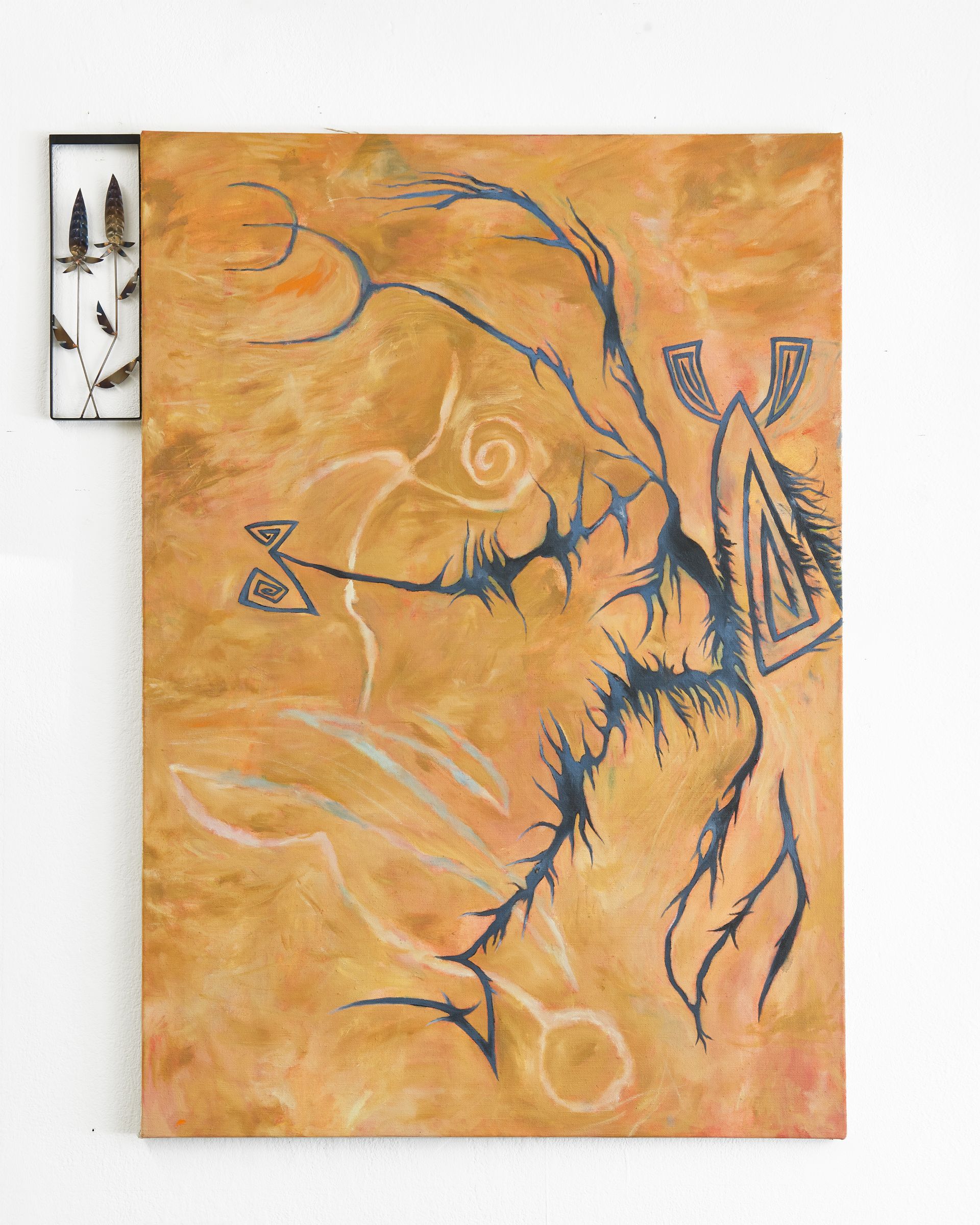
Part of this is the gallery Zaazrak|Dornych that you’ve been running since 2019. Although there are several project spaces and artist-run initiatives, I had the feeling that it is all centred around the university in Brno. In the end, there’s a weird mix of a pretty vibrant young artistic scene and some void-like smalltown atmosphere that surrounds it.
I’d say the problem is that the whole mid-age art scene is missing. There are the neo-avantgarde, conceptual legends, who are coming from the 70’s and are already in their seventies as well, and then the students of FaVU. There's something really fresh and vibrant and then something you should acknowledge, but the mid-age scene actually should create the body for the whole scene, and the body is not there. The scene here is like if a head was growing straight off the ankles, that’s how it feels. Although there are some “first spring swallows”, artists in their 30’s and 40’s who graduated from FaVU. Their work is relevant for the scene and they stayed here (and usually they teach at FaVU now). It's definitely better, but still, this process is only at its beginning.
How can you visualise the organic, the somatic and the digestive? – It’s a quotation from the first part of a trilogy of exhibitions (Spooky Butt 1: Bio Organic / Somatic Digestion) that you’re co-curating with Daniel Hüttler. Can we say a major part of the young Czech art scene is also centred on this question or is it just my perception as a stranger?
We didn't think of it as a statement of some local or generational part of the scene. I’d say the body, corporality, and the organic together with the popularity of use of some natural materials are some of the major topics of the young art scene globally. Although, it is definitely largely present here, in Czech and also in Belgium for example. The ad hoc theory could be based on the fact that both countries have a vast beer tradition. Beer intoxicates the senses, slows down one’s perception and also may cause digestive problems. I’ve already been telling someone about this theory, I haven't made it up now.
On the other hand, one of the crucial artists at our show is Csaba Kis Róka, whose work also perfectly fits into the digestive concept, which brings me to the idea: would you say there's something like a “red wine spirit” in Hungarian art?
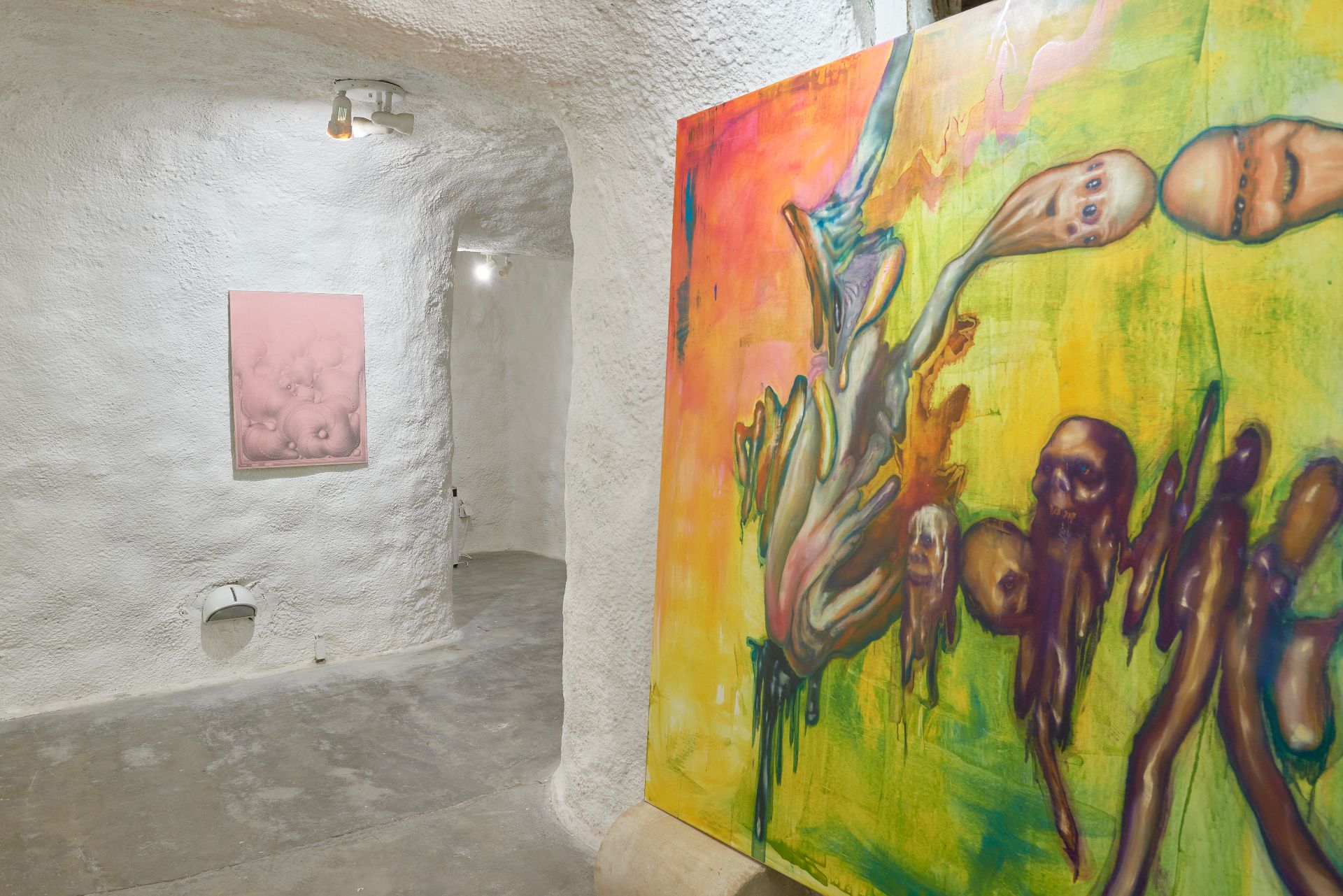
Definitely, we can take red wine as a link to some early 19th century literary hallucinations filled with agony soaked in romanticism, but it is also a clear reference leading us to ’ancient Hungarian’ myths. We’re right at the terrain that Hungarofuturism works and plays with. But red wine probably remains a symbol that will always be ironic to some extent, while we actually nurture a real pálinka spirit in Hungarian art and Hungary in general. Take pálinka as a poison that makes you feel the extremes of emotions such as anger, desperation or passion, while it simultaneously keeps you stuck in the fire that’s burning in your own footsteps.
How about the venue where you’re organising this series?
It’s in the medieval catacombs under the Center of Experimental Theatre (CED) in Brno. CED administers several alternative theaters in the city and recently they launched a new scene under their patronage called Terén. It's the most progressive and experimental scene of them all (under CED) actually. I accidentally found out about the catacombs when I bumped into the outdated webpage of “Galerie Katakomby” which went on in that space sometimes in the 2000’s. There were some photos of the shows. The gallery wasn’t relevant even back then, but I was fascinated by this strange intestine-looking space without a single wall flat and without any 90 degrees angles. The show is actually very site-specific – the space itself already brought me to the digestive topic. The catacombs have no official function now, but when Terén started to operate in this building I began asking about the possibility of making a show there. Eventually it happened to be the whole series of shows.
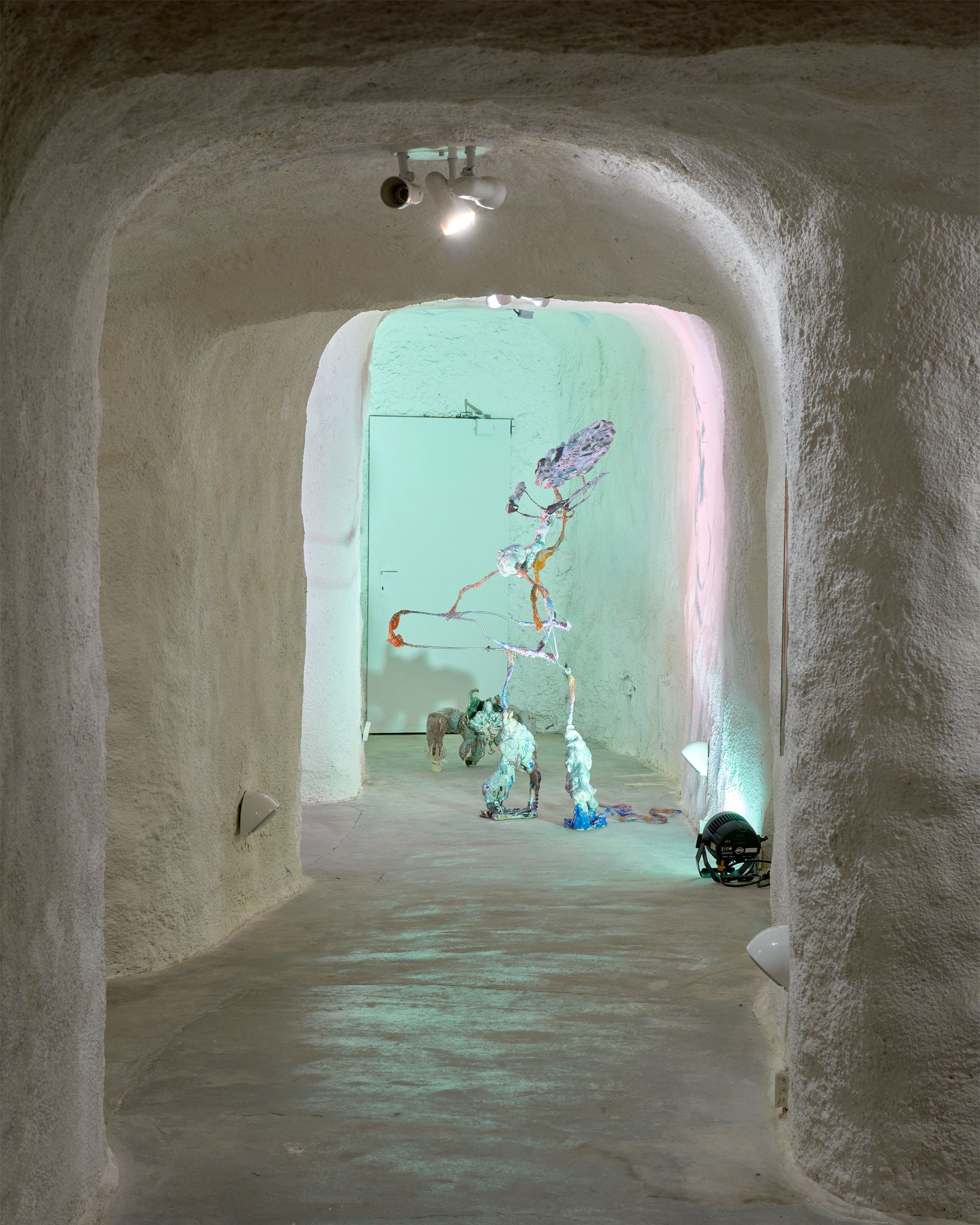
What’s to be known about the next two chapters of this series? Is there some kind of narrative or is it more like a kaleidoscope bringing up different aspects?
A bit of both, I think. The first show’s subtitle is Bio-Organic, it’s about the feelings of discrepancy towards one’s own corporality, digestion, excretion, and the inability of control over the basic physical inner processes. The second show’s title will be Bio-Efficient, it's about the technological extension of the human body, prosthetics, cosmetics, phones, and transhumanist questions. The third show will be Co-Parasitic and it's about the fact that even inside your body, you never are alone.
Upcoming chapters of the exhibition series:
4–15. August: Spooky Butt 2: Bio-Efficient / Recursive Procession
4–12. September: Spooky Butt 3: Co-Parasitic / Mikrobial Regression
This article was created with the support of Summa Artium.
